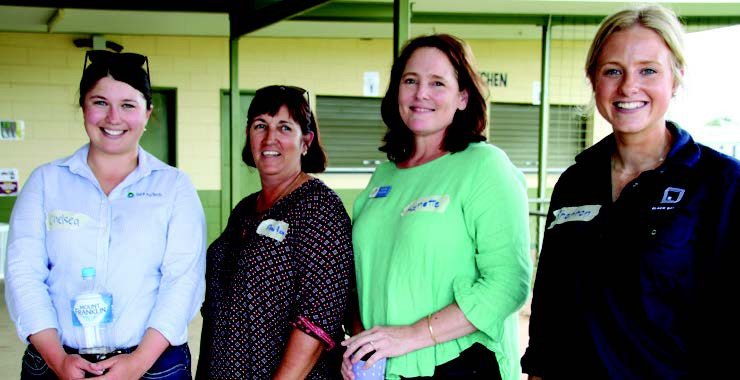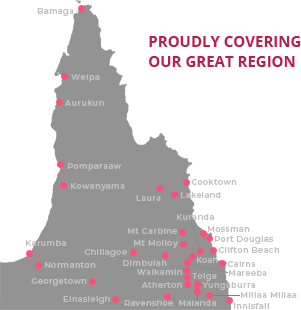On The Land
24 November, 2021
Dimbulah day focuses on smart farming
FARMERS and graziers from the Tablelands, the Peninsula and the Gulf area gathered in Dimbulah recently for the first of two E-Beef Smart Field Days presented by John McLaughlin and his Gulf Savannah team.
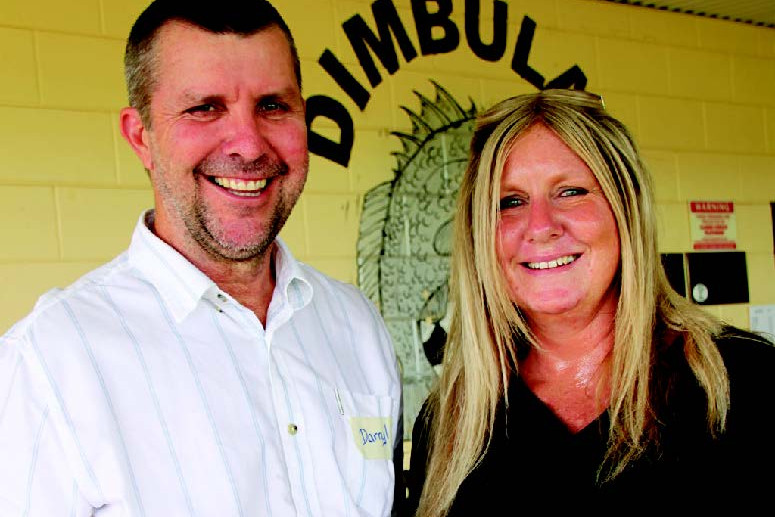
The day focused on bringing new and emerging technologies to the North Queensland grazing industry and reviewed the performance of the Walk Over Weighing (WOW) system, used increasingly on watering points in extensive grazing enterprises to assist with management decisions relating to weaning, culling and marketing.
Presenters on the day showcased a range of regionally-relevant, innovative technologies designed to improve grazing and land management, profitability and adaptability on-farm.
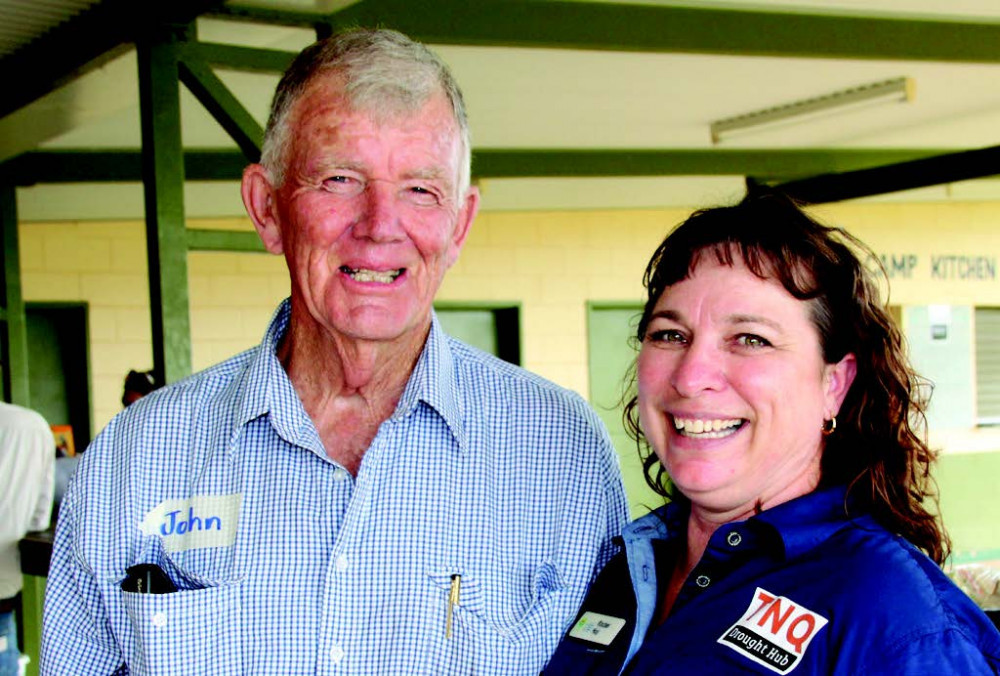
Kim Lane travelled from Brisbane to present the world's first commercial, direct to satellite communications, livestock information platform with smart ear tag sensor, the Ceres Tag. Using a GPS tracking system, the Ceres Tag monitors livestock location, movements and behavior.
Based on “usual” behaviour, the solar powered, tamperproof, twin-pin tag alerts owners if animal inactivity indicates illness or confinement and will detect boundary breakouts caused by theft or damaged fences.
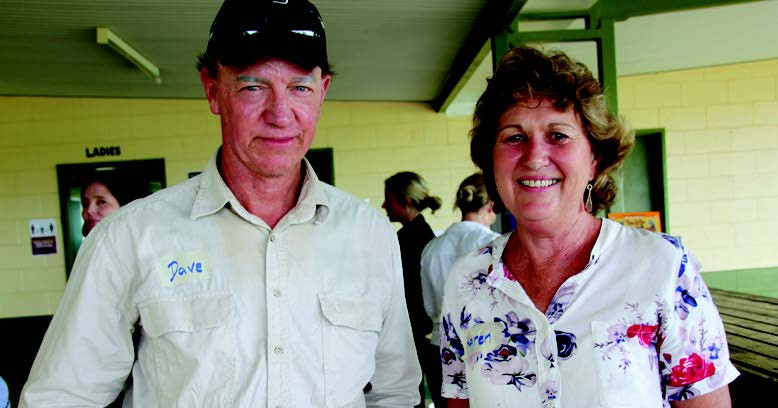
Guaranteed for 10 years and retailing at $3,999 for applicator and 24 tags, it will document the life of the animal, including production performance in a feedlot system and will communicate via blue tooth with other tags, scanners and scales.
DIT AgTech marketing officer Chelsea Webster talked about her company's water dosing technology for supplementation system. Offering consistent intake proportional to animals' weights and reduced waste and labour costs, Ms Webster said their product lowered cost by addressing each herd's primary limiting nutrient factor.
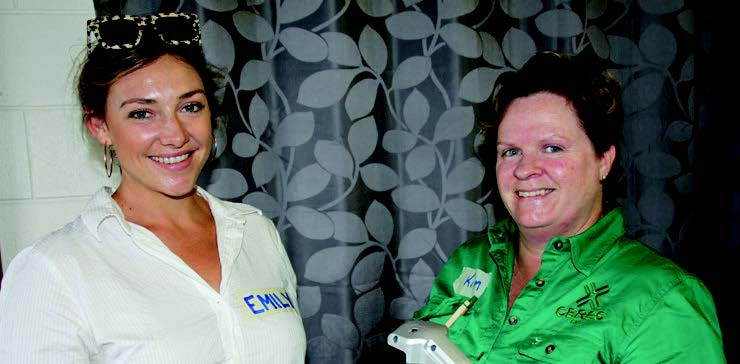
Colin Hammond of Repro- Scan Ultrasound Technology challenged producers to think differently about how they are using preg testing in their operations. Because of its ability to accurately identify pregnancies down to four weeks, he said it would be ideal to test breeders 4-6 weeks after joining.
“High reproductive efficiency is the key to herd profitability. By picking up your wet cows over 60 days back in calf, you are identifying your most productive breeders. Weaning that elite group earlier and culling non-productive cows before the dry season reduces annual lick bills and stress on pastures,” he said.
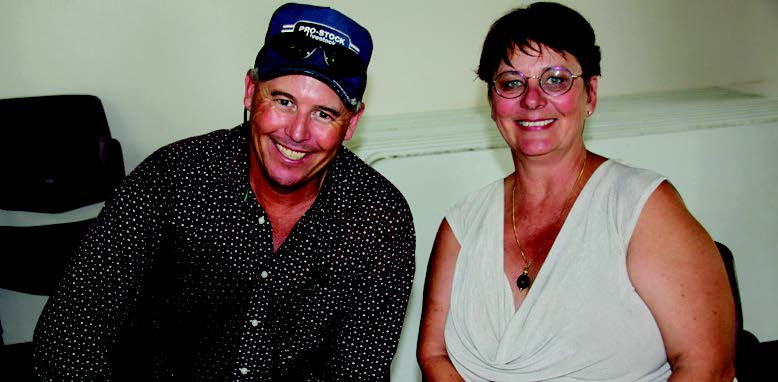
Chief Executive Officer of local, award-winning business, Black Box Co, Shannon Speight, explained that their company supplied a powerful database and dashboard software system to help clients absorb, compile and analyse data from across the supply chain.
Ms Speight said there was plenty of data being generated in the cattle industry, it just lacked visibility and interpretability.
“You can't improve what you don't measure and refined data can be used to create informed production and profitability decisions,” she said.
